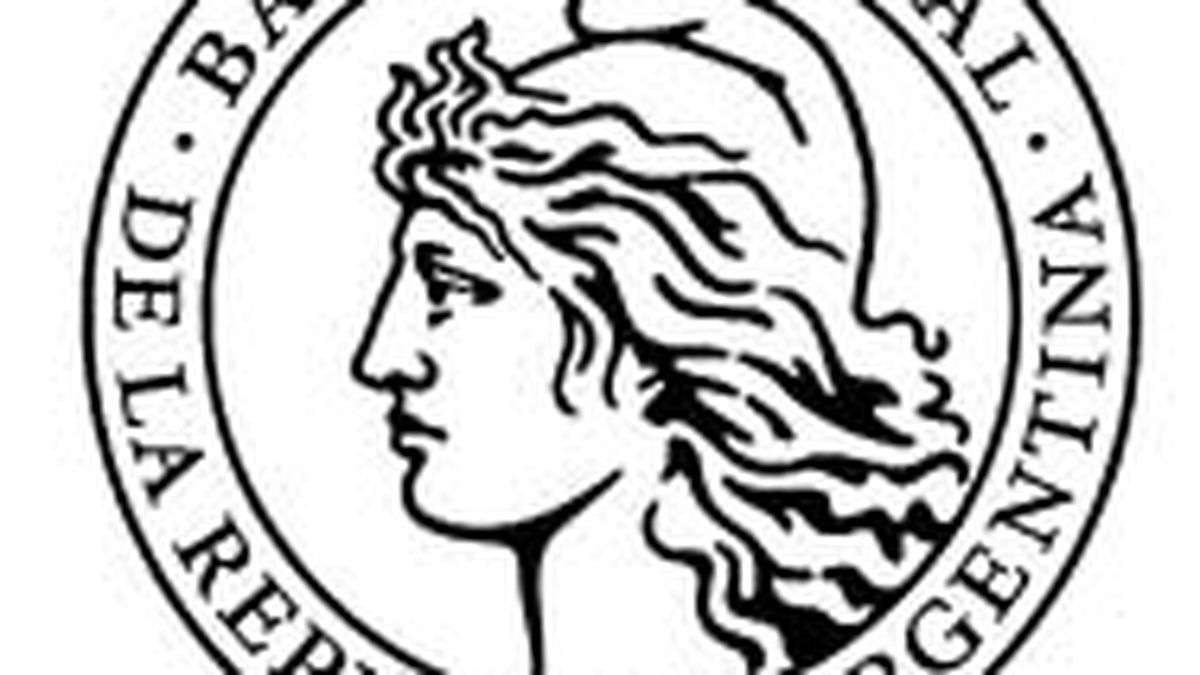Official sales were repeated in 11 of the last 12 wheels in January, with the exception of the purchase for $3 million on 01/24. Thus, the monthly red was US$190 million. In the first half of the month the story was the opposite, with purchases for US$285 million, of which US$200 million are attributable to funds for investment in infrastructure.
“The deterioration in the monthly balance of the BCRA responds to a strong decline in agriculture. The ten-day moving average of the liquidation of agriculture fell, first, since the end of the soybean dollar II from US$189 million per day to US$64 million on 01/16 (-66%) and, since then, stretched the decline to only US$24 million (-87% from the “soybean” dollar). This drop reflects both the end of the export incentive program and the effect of the drought on wheat production, which typically settles between December and February. The worrying thing about the situation is that due to seasonality, the agricultural liquidation continues to drop in February, reaching its annual floor. Therefore, nothing else can be expected that volumes as depressed as the current ones remain in the month that we are about to start or even continue to be cut ”, they pointed out from PPI.
As for the payment of obligations, Pablo Repetto, head of research at Aurum Valores, explained that the BCRA “used US$2.62 billion to pay the IMF, US$1 billion to pay interest on foreign currency bonds , sold US$1.9 billion through the foreign exchange market and will end up using at least US$450/500 million to repurchase bonds. They are about US$4.300 million that, in addition, on the first day of February will be increased by US$625 million for another payment to the IMF, so that the figure would add up to almost US$5,000 million”.
Along these lines, Juan Pedro Mazza, Cohen’s economist, pointed out that the goal for the first quarter is to accumulate net reserves of US$5,000 million since the start of the program, which represents a stock of US$7,325. million by the end of March. With net international reserves close to US$5.6 billion, the Treasury would need to accumulate US$1.7 billion to meet the goal. “The first quarter of 2023 will be the first where maturities with the IMF exceed disbursements received. There will be maturities for US$6,026 million (5,325 million for Capital and 721 million for interest) against disbursements for US$5,319 million. For 2023 as a whole, the maturities with the fund will be for US$20,581 million against disbursements for US$15,958 million”.
perspectives
“The reserves goal seems to be the most challenging, not only for this quarter but for all of 2023 (for which Argentina should expand its net reserves by US$5,000 million). With a projected decline of more than $10 billion in agricultural liquidations, the drought complicates compliance. Added to a world that will grow less -especially Brazil-, the announcement of the repurchase of sovereign bonds for US$1,000 million and the fact that the exchange rate jump is not an option in an election year, all this implies that the supply of dollars will be less and the pressure on international reserves is greater”, highlighted Mazza.
For his part, Andrés Reschini, an analyst at F2 Soluciones Financieras, considered: “In this way, it is likely that it will not be fulfilled. In any case, with two months to go, they will surely implement a set of measures to comply with it, such as the soybean dollar or more stocks, as we saw last year”.
Carolina Paparatto
Source: Ambito




